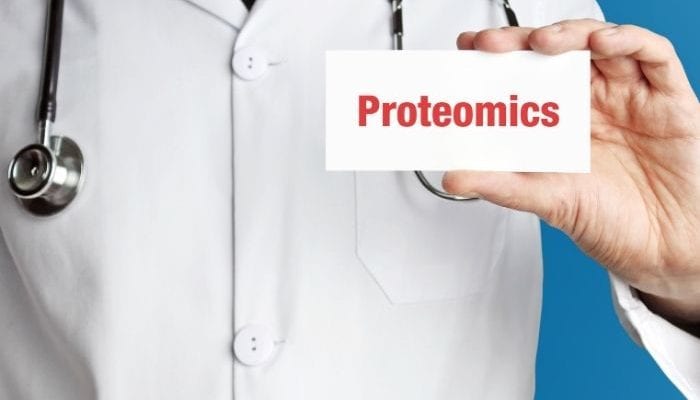All parts of the science community are using proteomics. Many advances in the medical field have this large body of research to thank, and discoveries are being made every day. When it comes to what you should know about proteomics, keep in mind that the science behind them is still evolving.
What is Proteomics?
Proteomics is the study of how proteomes relate to one another. Proteomes are clusters of proteins found in the cell of an organism. Some proteomes are very interactive while others are not. Proteomics aid scientists to develop drugs that are more effective with fewer side effects. Studies allow scientists to tell which cells are resistant vs. sensitive to certain chemicals, which is essential for developing cancer treatments. Other things you can identify with proteomics include:
- protein interaction
- protein function
- protein localization
- protein modifications
Types of Proteomics
Structural Proteomics
The study of finding proteins in a cell and mapping their location is structural proteomics. This method shows scientists where and how proteins interact with one another and where drugs combine with them. X-ray crystallography and nuclear magnetic resonance spectroscopy help find and map proteomes for structural analysis.
Expression Proteomics
Expression proteomics identifies disease-specific proteins using samples that differ by some variable. Mass spectrometry is used to measure a proteome’s fingerprint and determine the different proteins in a cell. It can also indirectly determine protein function. With mass spectrometry, cells are extracted, and the charged proteins are pushed through a vacuum tube. Scientists measure how long it takes for the particles to get from one end of the column to the other. A longer column is preferred for proteomics since scientists are measuring the mass of unknown proteomes.
Functional Proteomics
Proteomes can also be isolated and studied separately. Functional proteomics is the study and classification of proteomes. Chromatography, a laboratory technique that separates particles with mobile and stationary phases, is typically used for this method. It provides information to doctors about drug interactions.
Just about everything consists of proteins, so in a sense, proteomics is the study of how everything interacts. This science has helped turn cells into stem cells, so doctors can control their behavior. Proteomics can also help us understand how organisms react to climate change. What you should know about proteomics is that the experiments and studies have just begun.
FAQ
What is structural proteomics?
The study of finding proteins in a cell and mapping their location is structural proteomics. This method shows scientists where and how proteins interact with one another and where drugs combine with them. X-ray crystallography and nuclear magnetic resonance spectroscopy help find and map proteomes for structural analysis.
What is expression proteomics?
Expression proteomics identifies disease-specific proteins using samples that differ by some variable. Mass spectrometry is used to measure a proteome’s fingerprint and determine the different proteins in a cell. It can also indirectly determine protein function. With mass spectrometry, cells are extracted, and the charged proteins are pushed through a vacuum tube. Scientists measure how long it takes for the particles to get from one end of the column to the other. A longer column is preferred for proteomics since scientists are measuring the mass of unknown proteomes.
Additional Resources:
Artificial Intelligence



